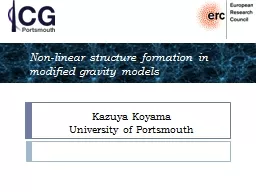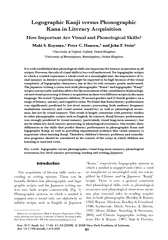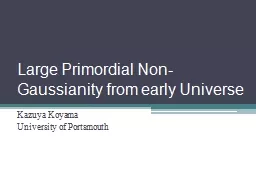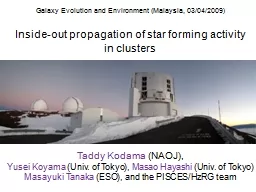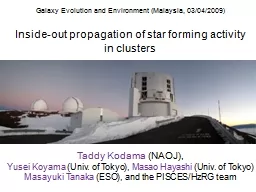PPT-Kazuya Koyama
Author : karlyn-bohler | Published Date : 2016-06-13
University of Portsmouth Nonlinear structure formation in modified gravity models Dark energy v modified gravity Is cosmology probing the breakdown of general
Presentation Embed Code
Download Presentation
Download Presentation The PPT/PDF document "Kazuya Koyama" is the property of its rightful owner. Permission is granted to download and print the materials on this website for personal, non-commercial use only, and to display it on your personal computer provided you do not modify the materials and that you retain all copyright notices contained in the materials. By downloading content from our website, you accept the terms of this agreement.
Kazuya Koyama: Transcript
Download Rules Of Document
"Kazuya Koyama"The content belongs to its owner. You may download and print it for personal use, without modification, and keep all copyright notices. By downloading, you agree to these terms.
Related Documents

